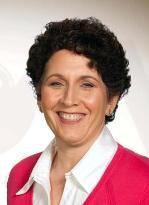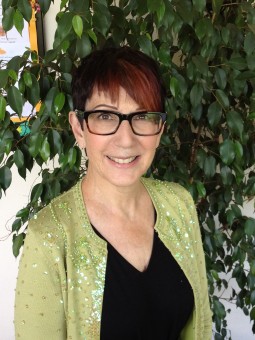Juniors: Do you know what "test optional" means?
Posted on Wed, 04/09/2014 - 10:47
There have been a lot of headlines lately about standardized testing. There is no question standardized testing is in a period of evolution. As a result, you will be hearing more and more about schools that are "test optional."
In recent years, many colleges have looked more closely at the use of standardized test scores and some have adopted a “test- optional” policy. That means they are flexible about submission of standardized test scores. But it's not as obvious as it sounds. At some schools test optional means students are no longer required to submit SAT or ACT scores. At others, however, it means students may be asked to submit the results of AP, IB, or SAT Subject Tests in lieu of SAT or ACT results. Eligibility to not submit test scores may also be contingent on other factors— for example, applicants might need to rank in the top 10 percent of their class or have a GPA of 3.5 or above. Furthermore, applicants can sometimes be required to meet alternative admission requirements such as submission of graded writing samples, additional teacher recommendations, or in- person interviews. You will need to check the testing policy of each school to which you are applying.









 Elsa Heydenreich Clark is the Director of College Counseling at
Elsa Heydenreich Clark is the Director of College Counseling at